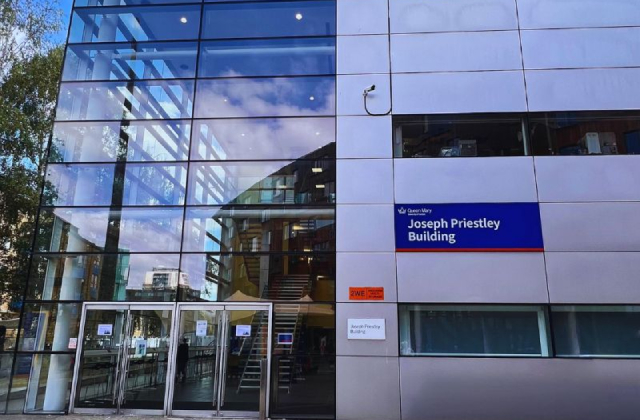Queen Mary University Of London: London Launches Innovative Project to Utilize Waste Heat from University Data Center
Queen Mary University of London is proud to announce the beginning of a groundbreaking refurbishment project for the Joseph Priestley Building, which houses the university’s Tier2 computing facility, a vital resource for particle physics research at CERN. This project goes beyond simply upgrading the facility. It implements a state-of-the-art system to capture waste heat generated by the data center and convert it into clean, usable hot water that will be fed into the existing campus district heating system. This system provides heat and hot water for on-site residential buildings and academic buildings.
The data centre’s powerful computers generate significant heat. Traditionally, this heat has been expelled into the atmosphere, requiring additional electricity to keep these rooms cool.
However, the Priestley building refurbishment project will implement a heat recovery system. This system will capture waste heat generated by the data centre and efficiently transform it into usable hot water, reaching temperatures as high as 75°C. This high-grade hot water can be directly integrated into existing plumbing, including taps and heating systems, significantly reducing dependence on reliance on conventional gas boilers and, consequently, fossil fuels.
Queen Mary President and Principal Colin Bailey said: “This pioneering project is an important step in our commitment to environmental responsibility. By harnessing waste heat and minimising our carbon footprint, we are setting an example for others to follow. We believe this approach can be a cornerstone for sustainable data centre operations in the future.”
Professor Jonathan Hays, head of Particle Physics Research Centre said: “This project goes beyond simply improving our data centre’s efficiency or replacing outdated equipment. We’re actively reducing our environmental footprint. By capturing waste heat, we can significantly decrease our dependence on gas boilers, resulting in measurable cuts to CO2 emissions.”
Data center refurbishment is scheduled to begin on July 1st, 2024, with the center being offline for three months. Some preliminary work outside the data center started in April. During this time, the computing workload will be seamlessly transferred to partner institutions within the Grid PP network, ensuring minimal disruption to research activities. The Priestley building’s new heat recovery system is expected to be fully operational by October 2024, in time for the coming heating season.
Measurable benefits
Reduced CO2 emissions: By capturing waste heat and decreasing dependence on gas, the project directly minimises Queen Mary’s Scope 1 carbon emissions.
Financial savings: The project is expected to generate a seven-year return on investment through reduced gas consumption and energy efficiency improvements.
A model for sustainability: Queen Mary aspires to be a leader in sustainable practices. This project serves as a model for every organisation seeking to reduce their environmental footprint through innovative data centre design.

